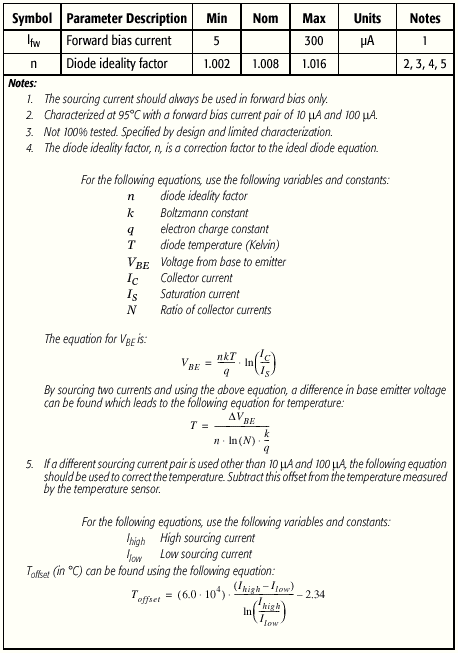The First Palomino: AMD Releases Mobile Athlon 4
Data Pre-Fetching Plus TLB-Improvements
What does pre-fetch mean? Well, just imagine you want to fix something on the engine of your car. You open the bonnet and look inside. First you want to remove the cover of the air filter, so you go to your toolbox and fetch a tool for this operation. The next thing you need is a screwdriver. You go back to your toolbox and fetch it. You can see what I am getting at. You are losing a lot of time if you walk all the way to your toolbox for each tool you require. Pre-fetching would save a lot of time. It simply means that you estimate what tools you may actually need and you carry all of them over to your car, so that you can grab them as soon as you need them. It's messier, but it can save quite a bit of time.
The data pre-fetching done by microprocessors is very similar. A certain algorithm (either in software or in hardware) estimates which data you will need next and 'pre-fetches' it while the execution pipeline is processing the current data. Once the next data is required it has already been loaded and can be processed without any delay.
Athlon 4 is now able to do auto-pre-fetching as well. Besides the 6 SSE pre-fetch instructions, Athlon 4 is equipped with an automatic hardware data pre-fetch feature, such as found in Pentium 4 . Besides the data pre-fetching, AMD did a few improvements to the TLBs of Athlon 4. The L1-cache data TLB was increased from 24 to 32 entries and the L1/L2-cache TLBs were made 'exclusive', meaning that the physical address data is now only found in one of the caches and not in both of them. AMD also removed a serializing algorithm of the TLBs that had a bad impact on the performance of very large data base software. The data pre-fetch feature plus the TLB-changes are the main reason for Palomino's improved performance over Thunderbird.
Thermal Diode = Finally Thermal Protection?
It might only look like an eensy weensy little feature, but it could have been of crucial importance to the many of us who unwillingly fried their Athlon/Duron processors due to failing heat sink fans or badly attached heat sinks. Athlon 4 is finally equipped with a thermal diode!!!!

The pins for THERMDA (anode) and THERMDC (cathode) are S7 and U7. According to the above specs the motherboard can read the actual core temperature and apply appropriate measures to safe the life of the CPU (or avoid a notebook meltdown). What I am missing however is the automatic shut down of the Athlon 4 at a certain temperature, without any external electronics. Intel processors simply don't operate when they are too hot, regardless if the motherboard cares about it or no.
Stay on the Cutting Edge
Join the experts who read Tom's Hardware for the inside track on enthusiast PC tech news — and have for over 25 years. We'll send breaking news and in-depth reviews of CPUs, GPUs, AI, maker hardware and more straight to your inbox.
Current page: Data Pre-Fetching Plus TLB-Improvements
Prev Page SSE For Athlon 4 - 3DNow! Professional Next Page PowerNow!Most Popular

